|
I am on day seven of fostering four fabulous pups that were abandoned on a rural road. Yeah, I know, who would do that? However, on a lighter note they are doing great. They are running, playing, biting and doing all the fun puppy stuff. But, I digress.
While puppies are amazing and I am feeling much joy, their presence reminds me of all they things one needs to do to get pups settled in. So, for anyone thinking of adopting or fostering a puppy I have created this list to puppy prep, and save yourself some stress. Do these things before you bring your puppy home. This list is not exhaustive but gives you a road map. Set you pup up for success and manage them so they can do the right thing. Remember, puppies don’t know how to behave and want to explore everything with their mouths.
0 Comments
Last week my dog, Bella and I did something that I did not think was possible. We happily and calmly walked within 20 feet or so of half a dozen unfamiliar dogs and their people. I was in awe. There was not so much as a peep (or dare I say growl) out of Bella. This may seem small or trite to some, but to me it was thrilling. If any of you have a reactive dog you probably understand, for the rest of you, let me give you some background. When I say reactive I mean that when on leash and within close proximity to other dogs lunging, snarling and biting at whatever is around including the leash and/or human body parts. My husband and I adopted Bella from our local shelter 12 years ago. She did not always exhibit this kind of behavior, however in hindsight, signs of anxiety were present. In fact, the first months with her were uneventful, but soon after she began showing signs of anxiety and mild aggression then, soon after that we had our first “incident”. I bent over to pet her and she growled, snapped and lunged at me. I was shocked, and scared. I never expected this to happen to me. Within a year or so of that she also began to be reactive to other dogs while on leash. We tried many things to curb this behavior including positive reinforcement, and using mild aversive techniques with little success. So how did we get from snarling and biting to calm well-mannered behavior? Well, I’ll tell you it was a lot of work, but I implemented a program to manage and to change her behavior (and mine). If you have ever tried to change your own behavior say starting an exercise program or to quit smoking you know what I am talking about. Behavior change requires focus on the unwanted behaviors, and the practice new of behaviors on daily basis. The first step of the process for me was to understand canine behavior, communication and how dogs learn. Then I had the background I needed to work effectively with Bella. The next step was to work on basic obedience, and develop and implement a behavior modification plan. The knowledge I gained and techniques I learned over the years have not only changed her behavior, but have change mine. The daily practice is focused on rewarding the behavior what I want, not to punish for what I don’t. Through this process I have learned to trust Bella (and she has learned to trust me) and mend our broken relationship. I now see Bella in a new way. I see what is good and how fabulous she is rather than this “demon” dog of old. Although I know that the negative tendencies can reoccur, I am empowered because I know how to manage some and change others. The moral if the story for all you dog owners with aggressive or reactive dogs is that there is hope and you can build trust and share happy life with your dog. Tips for success What you can do:
For good handling techniques and management of reactive dogs “Skills for handling your reactive or hyperactive dog Sophia yin reactive dog video: http://drsophiayin.com/blog/entry/reactive-dog-foundation-exercises-for-your-leash-reactive-dog This is a fabulous “how to” video give you basic handling skills to help you manage your reactive dog. Genius of dogs, Brian Hare and Vanessa Woods https://www.dognition.com/the-genius-of-dogs This book offers insights info dog intelligence and cognition. For the Love of a Dog: Understanding Emotion in You and Your Best Friend, Patricia B. McConnell. www.patriciamcconnell.com/store/For-the-Love-of-a-Dog.html. This is wonderful book that will help you understand the rich emotional lives of dogs. 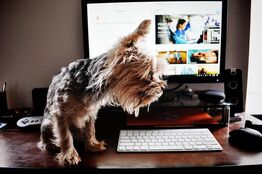 Photo by Andy Orin on Unsplash Photo by Andy Orin on Unsplash
If With our current stay at home orders I know that many of you have embraced virtual face-to-face gatherings with open arms, and others may be unsure how to get started. I definitely have jumped in to keep in touch and reach out to friends, family and my clients in these uncertain and isolated times. If you are curious or unsure of how to get started here is what you need know.
You will need a device with a camera and microphone. You can use your phone, tablet and/or your desktop. The next step is to set up or install whatever application you will use to communicate. There are many video applications you can choose a few of which are Google Hangouts, Messenger and ZOOM. I use ZOOM for family get togethers, webinars, and for dog training and behavior consultations for my clients. Once you have things set up you can attend or schedule meetings. For example, when I set up a consult or meeting I send out an invitation to whoever I want to connect with, then at the appointed time they click a link which can be sent electronically in a variety of ways (I primarily use text or email). Once the link is clicked ZOOM will open and the host will begin the meeting or other gathering. For more on How to join a meeting using ZOOM and How to download ZOOM. I hope you give it a try if you are holding back, and if you are already using online face-to-face technology that you reach out to others and get them connected too. Check this out for more details on ZOOM I am very excited about how effective this interactive technology is for working with cats, dogs and their people. It is perfect for my work as we can set up cameras to assess behavior, provide real time feedback, and teach technical training skills right in our homes. I hope these tips can get you started connecting with loved ones, friends and services you need while you are sheltering in place! If you are interested in my upcoming webinars on handling your dog and better vet visits sign up now. My inbox is filling up with people who want to know more about my upcoming Crate Training seminar. So, let me tell you more! First and foremost, it's going to be fun. I will provide an interactive experience to give you an understanding of training from the dog’s perspective. It will be packed with practical behavior and training tips to help anyone crate train their pups. Most importantly, along the way you will gain background on how dogs learn to make you a better teacher. You will learn concepts and build teaching skills through exercises and demonstrations. We will play the “Table Top Shaping Game” and if you can’t wait for the seminar, check it out here. It is designed to help you become a better trainer. We will be using a modified version, but this article by Lilli Chin will give you an idea what the game looks like.
As a professional who works with people and dogs for a living I often recommend crate training. I talk to clients about the importance of teaching their dogs to love their crate. I mention that if the dogs love their crate then travel is easier and safer, and that if Fido loves their crate they will readily enter and relax when you need them to. I say, “If they love their crate it can be a safe spot to go when things get too hectic around the house”. Many times I then walk them through the steps of getting dogs used to their crates, and problem solve with them along the way to achieve the end goal—dog is happy in crate and for the most part can enter, relax and travel in crates when needed. Even though crate training is part of my work and I espouse its virtues, my own dog Bella had never even been near a crate until a few months ago. That is my dirty little secret. This changed when my husband and I decided relocate to Big Island in Hawaii. There was no way to get her here without a plane and a crate. The prospect of putting my dog in a on a plane and trusting that she would get there safely was just about too much, but would never leave her behind. So, that meant getting her ready to travel. As the reality of the need for crate training hit me, I mused about why I had not worked on crate training Bella earlier in her life. Sure would have been easier! For many dogs crate training only takes a few days or few weeks, but for Bella it took about 2.5 months. It was not always easy, but we did it and we made it safely to our new home. My experience with Bella really reinforced how important it is to crate train your dog or puppy early because you never know when it will come in handy. So, with this recent life experienc in mind, I designed a seminar to teach others the skills needed to crate train dogs and puppies. I want everyone to know how to work through and enjoy the crate training process. Further people to know what to do if you hit a rough spot or road block on the road to getting your dog to love the crate! Once you have learned the process I will share with you, you can get your dog to the vet, or fly on a plane, house train them, or just keep them out of trouble with no fuss or stress for you or your dog — no force needed. Crate Training SeminarThe seminar will not only help with crate training it will increase your knowledge of training basics as well as desensitization and counter-conditioning techniques.
Here are three books that are must reads for people who want to understand why dogs do what they do. A great gift for dog lovers!
In her own insightful, compelling style, Patricia McConnell combines wonderful true stories about people and dogs with a new, accessible scientific perspective on how they should behave around each other. This is a book that strives to help you make the most of life with your dog, and to prevent problems that might arise in that most rewarding of relationships.
The Other End of the Leash demonstrates how even the slightest changes in your voice and the way you stand can help your dog understand what you want. Once you start to think about your own behavior from the perspective of your dog, you’ll understand why much of what appears to be doggy-disobedience is simply a case of miscommunication.
A renowned dog trainer, Pat Miller gives you the positive training tools you need to share a lifetime of fun, companionship, and respect with your dog. Plus, you'll get: information on the importance of observing, understanding, and reacting appropriately to your dog's body language; instructions on how to phase out the use of a clicker and treats to introduce more advanced training concepts; a diary to track progress; suggestions for treats your dog will respond to; and a glossary of training terms.
Ever wish you could talk to your dog? With this bible of canine body language by Brenda Aloff you can learn to read them! Well-organized, loaded with photos and detailed explanations, it helps you interpret your dog's emotions and, indeed, thoughts. This book is essential for aspiring teachers, dog care professionals and anyone who wants to better understand dogs.
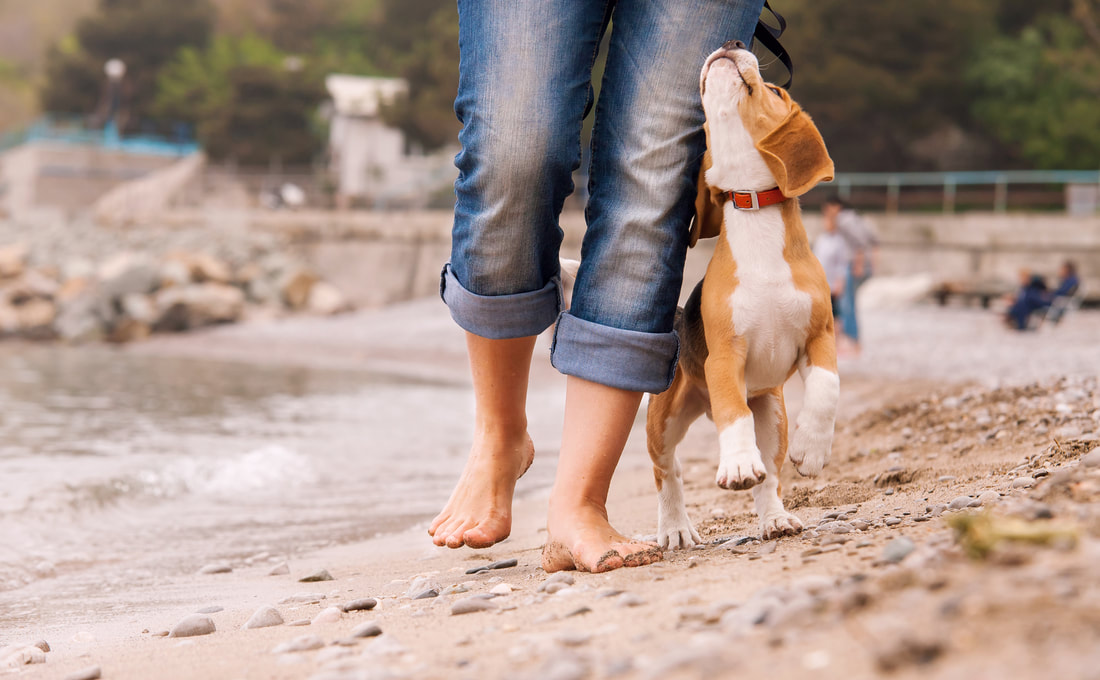 Here are five of my favorite reasons to walk with your dog:
If you are struggling to make time to walk with your dog, or have a dog who is reactive on leash contact us about our Train and Play Program. We exercise and train your dog when you can't. In my work, I have the distinct pleasure of engaging with wonderful people who love their dogs and want the best for them. That’s why they call me! From these conversations, some common themes come up frequently. Sometimes the information is untrue, or based on outdated information about behavior and training. This misinformation can damage our relationships with dogs and hinder training. My dog is too old to learn.
Not so. Although older dogs may take longer to learn a new behavior, they retain the new information just as well as younger dogs. A study published in the scientific journal Age in 2016 by Wallis et. al., studied 95 Border Collies ranging in age from five months to 13 years, all of whom were pet dogs. It was one of a series of investigations of dog behavior conducted at the “Clever Dog Lab”. The dogs were tested using a touch screen apparatus on discrimination tasks, reasoning, and memory. The findings of this research indicate that you can teach an old dog new tricks, it just takes a bit longer. And this is good news for all of us! My dog does not need walks, she has a big yard.
Although it is great if your dog has a nice yard or big area to play and explore, they need more to be happy and healthy. Just being outside does not mean they get enough exercise or mental stimulation. Each dog needs different amounts of exercise depending on breed, age, size and health. Just like us, dogs need to move and get their heart pumping daily, and they need a balance of mental stimulation and physical activity. Generally, your dog needs between 3 and 6 hours of mental and physical activity per day to be healthy. There are many fun activities to do with your dog that take little effort on your part. Find out more about your dog’s exercise needs here. To be successful in training my dog I need to be more dominant or “Alpha”.
This is a very popular idea but it is based on wolf research that most agree is outdated. According to David Mech, Wolf Biologist, “One of the outdated pieces of information is the concept of the alpha wolf. ‘Alpha’ implies competing with others and becoming top dog by winning a contest or battle.” We’ve since learned that wolves are generally organized in family units and the leaders are typically the parents and rest of the family composes the pack. They do not fight or use aggression to gain authority.
Not only is the idea that we need to dominate our dogs based on outdated ideas it is also based on the idea that dogs are socialized wolves. While dogs and wolves share certain traits and characteristics due to their evolutionary history they differ in many ways. What new research shows is that we do not need to dominate our dogs to train them. Dog training that is based on these erroneous ideas of “dominance theory” is usually unnecessarily heavy-handed. Most dog trainers and behaviorists now know that positive reinforcement is more humane and effective, and it builds trust between humans and their dogs.
Need a little inspiration?
I send out emails occasionally with news of upcoming classes as well as tips and resources. Your privacy is important to me. Your information will remain confidential.
Did you know that the effects of the fear and anxiety continue for hours and sometimes days or weeks after the event? So even though you and your anxious dog may have made it through the Fourth be aware that for the next couple your dog will need extra TLC. The physical process that we, and our dogs undergo during stressful events are quite complicated, but some of the effects can be mitigated through awareness, management and behavior modifications techniques. But first it is helpful to understand what is happening inside your dog’s body when they are stressed. The body’s reaction to stress When a dog’s body is placed under stress their body reacts by releasing hormones. These hormones are called glucocorticoids. Once released, they create a feedback loop which means that when they reach a particular concentration level, the hormones then stop the factors that stimulate its release, and this helps the body to regulate itself. However, when a dog or any other animal for that matter, is placed under prolonged stress the body’s ability to regulate itself can breakdown. Stress hormones include cortisol, adrenaline, aldosterone, and testosterone. When a dog is placed under stress the immediate result is an increase in the heart, blood pressure and respiratory rate, together with the animal’s cells fueled with glucose and free fatty acids. Studies indicate that cortisol typically takes around 60 minutes to drop back to half of its concentration level. But when a dog faces multiple stressors at once the negative feedback loop breaks down, cortisol continues to be released, and up to four times as much cortisol as normal can be present in the body. So the cortisol can sometimes take days to be completely dispelled. This means we now have a ‘pressure cooker’ effect happening inside the dog’s body and mind. So. if they encounter a situation or event which causes fear or anxiety in that same week as the other stressors, their behavior is likely to escalate. Many times this is when aggression or other behaviors can happen seemingly out of nowhere. Trigger stacking Trigger stacking is when too many stimuli that the dog is sensitive to occur in a short period of time. The these stressful event reach a level that is just too much for your dog.. This is where the dog’s basic survival instincts are switched on and they become reactive. Reactive behavior includes spinning on the lead, lunging, barking, growling, and whining etc.. Stressful events like the noise of the Fourth of July can take the body days or weeks to recover. You may see this manifest in different ways depending on the dog. For example a dog may be more reactive than usual; they may become destructive or lethargic. Basically they are exhausted. They may also have symptoms like diarrhea or low appetite. So go easy on your pup after any stressful event. How to help your dog After this type of stress remember to pamper your pup. As mentioned, your dog is probably exhausted so low excitement activities are in order. Be especially aware of keeping your dog away from those things that are unpleasant and trigger over excitement, fear or anxiety. If they are leash reactive or dog-dog reactive take them for walks that are in low traffic areas and give them time to sniff and walk at their pace even for part of the walk. Maybe consider therapies like T-Touch, massage, or Healing Touch. If your pet continues to show stress related behaviors contact your holistic veterinary practitioner and ask about herbal calming remedies, and/or call an experienced behaviorist. In my work I often help people and their dogs with fear, aggression and anxiety issues. So, contact me if you need more information or need help. |
Debbie Lewis, MSI educate and support people as they deepen their understanding of their pet's behavior to create happy, healthy pet-people relationships. Topics
All
Archives
April 2024
|


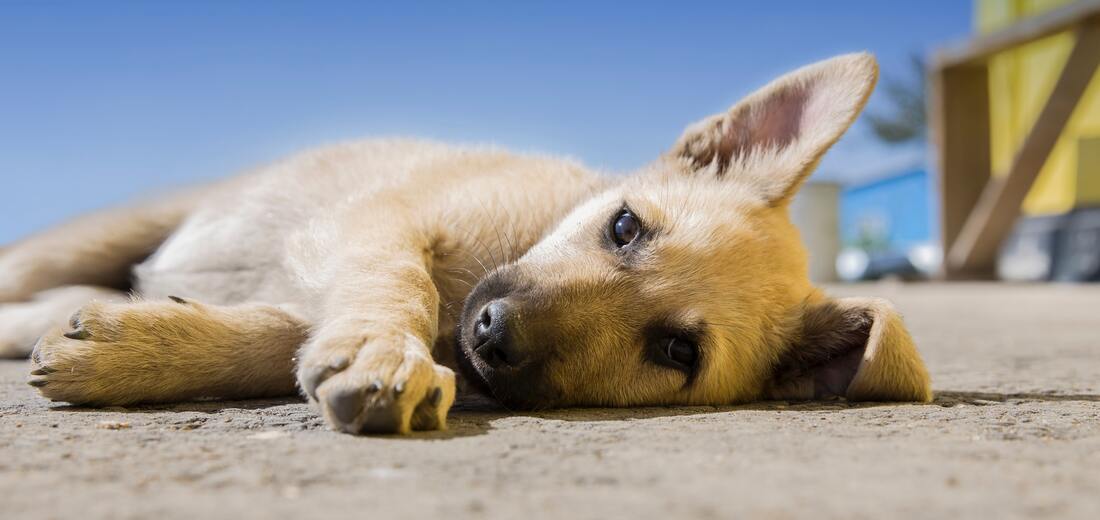
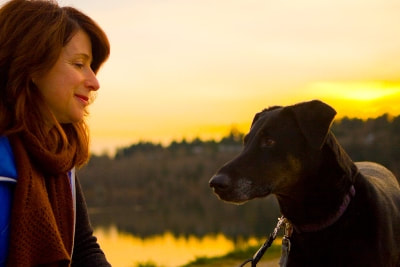
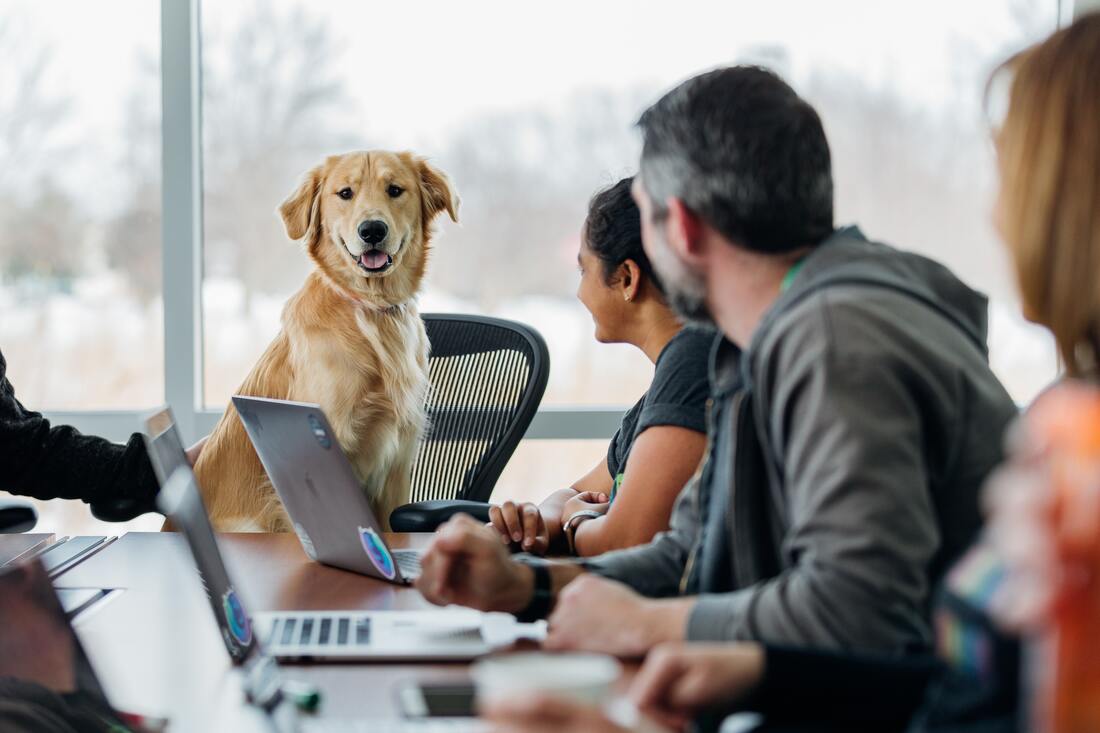
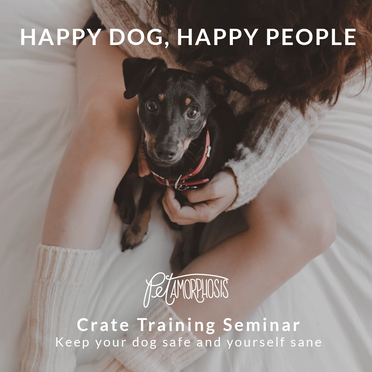
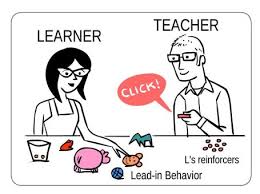
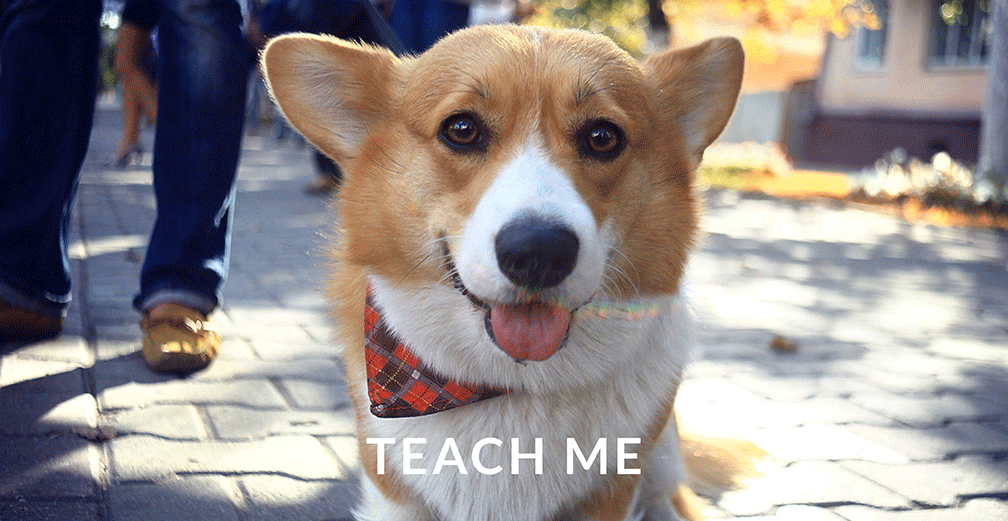
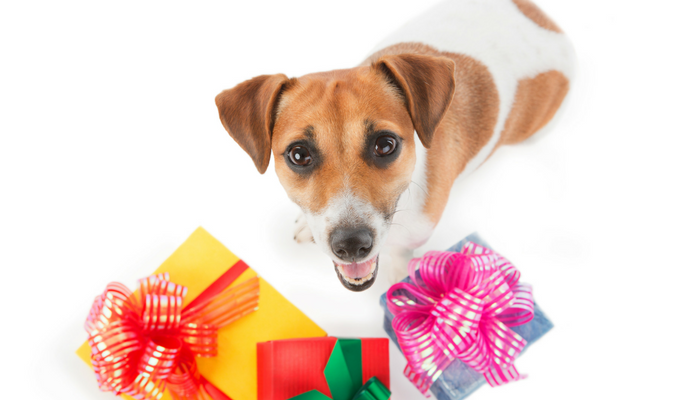



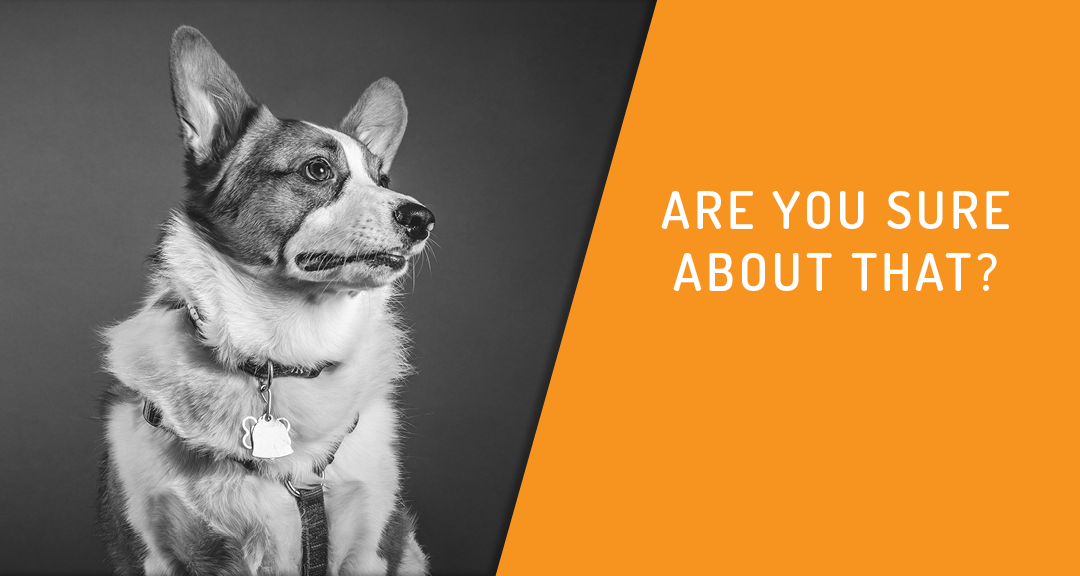
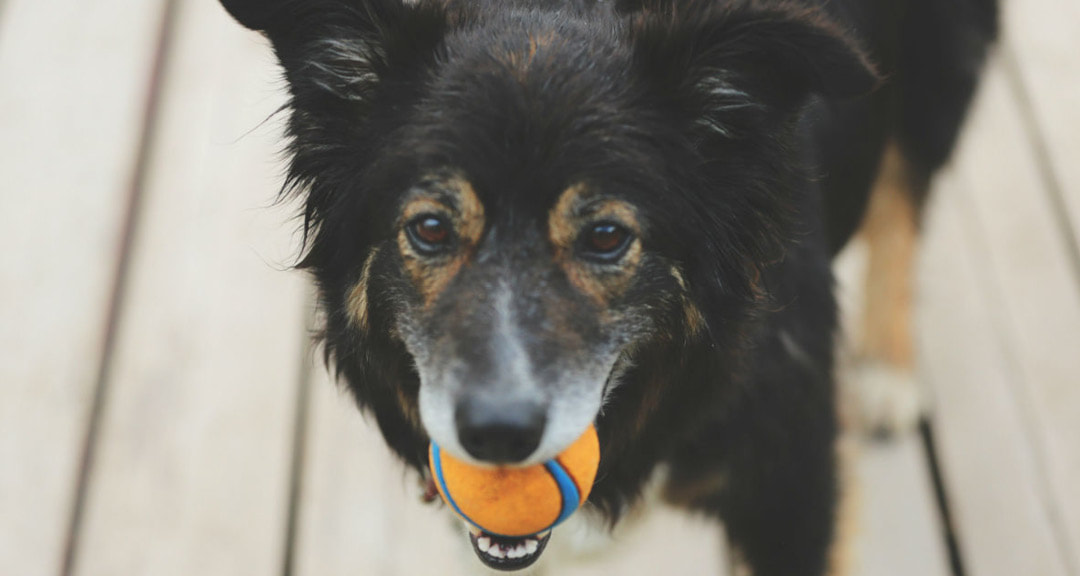
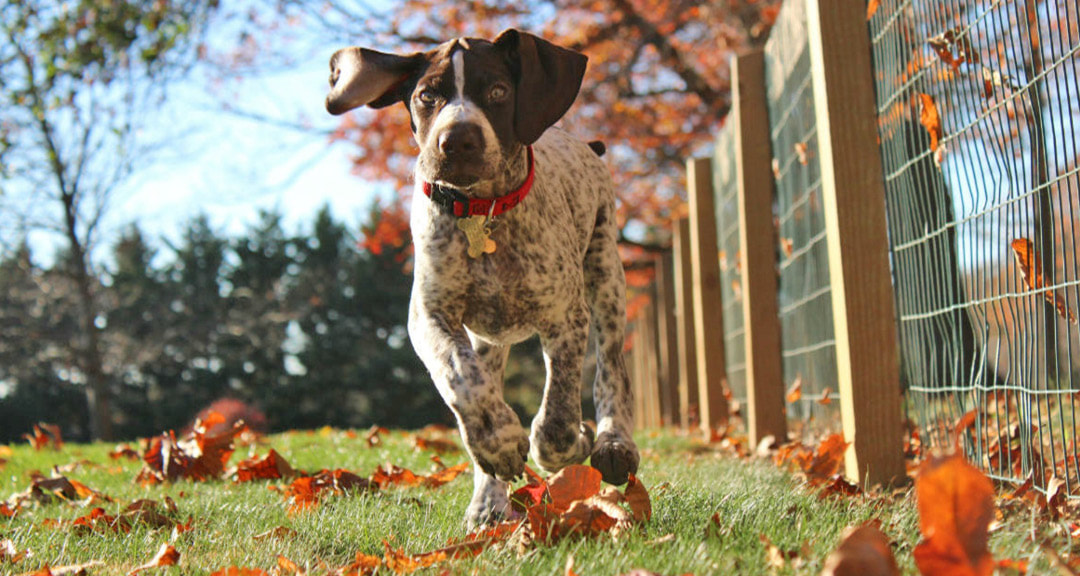
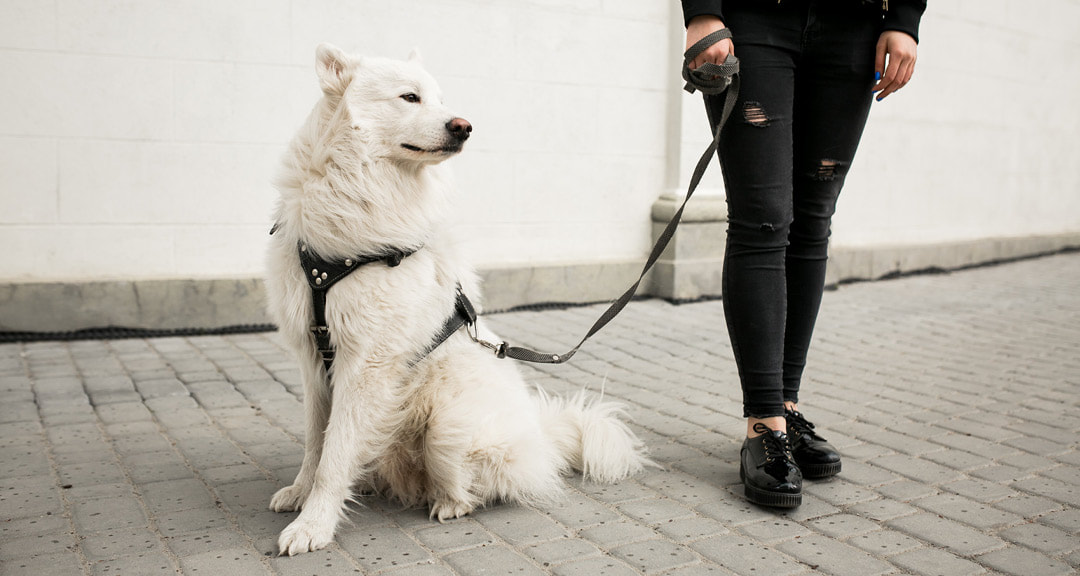





 RSS Feed
RSS Feed


